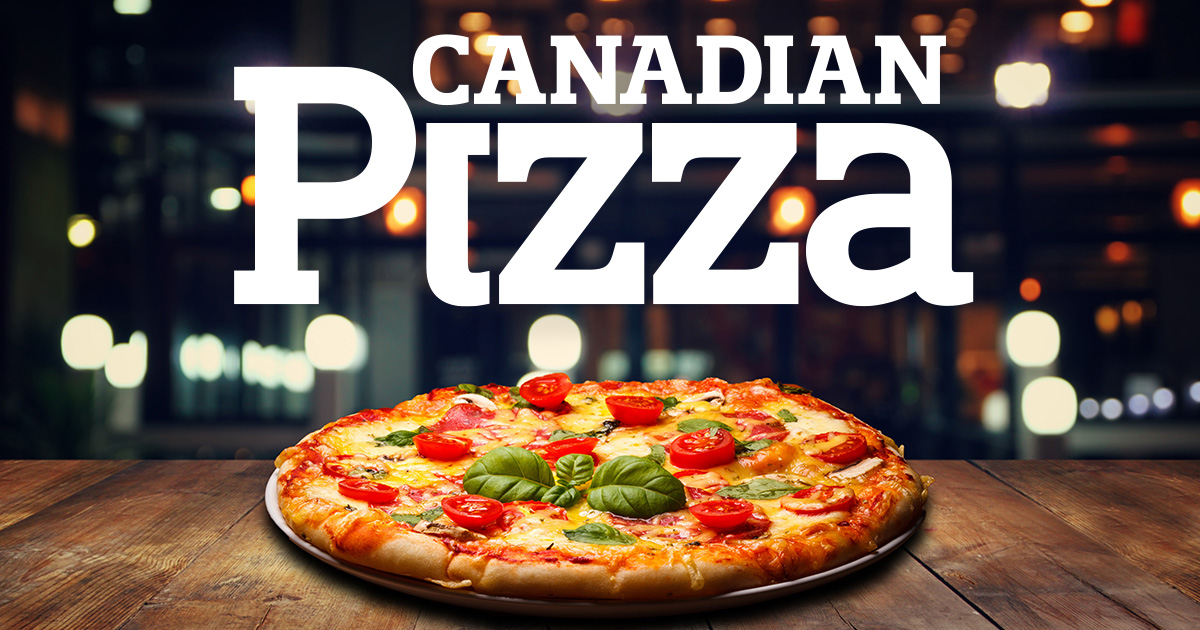
Necessity drives delivery innovation in 2021 and beyond: From the Editor
Colleen Cross
Features Business and Operations Delivery
The year 2020 turned us all into problem solvers. The whole world pivoted on a dime and pizzerias are great examples of that resourcefulness.
When we published an article in September 2019 that weighed the benefits and pitfalls of third-party delivery, it was not hard to find operators both pro and con.
For some pizzerias, being connected with third-party was a way to ensure they reach new customers. For others, it was a way to focus on food prep and keep operational costs down. Some saw it as a cost of marketing. Many did not like giving up control over their business.
In the face of stay-at-home orders and business restrictions, many pizzerias and restaurants have relied heavily on delivery this past year. These conditions made third-party companies like Uber Eats and DoorDash lifelines for eateries without a strong delivery game. Third-party gained a heavy business advantage and sentiment has swung against them.
Some services offered special rates to newly signed restaurants and discount service levels. These may have been appreciated by dedicated users, but they didn’t go far enough. That’s no surprise. After all, the success of the third-party model is based on economies of scale, and like Uber ridesharing and Swoop’s bare-bones airline, it is designed to disrupt the market.
In the middle of a pandemic, safety of drivers is an issue where restaurants are at a disadvantage. Plenty of in-house delivery people have left the job because they felt unsafe coming into contact with the public. And we know operators who have not felt right sending their delivery staff out in the community and either switched to pickup only or took over delivery duties personally allowing staff to work in another area of the business.
With the light shone on this unlevel playing field, it’s no wonder restaurants and delivery services have reached a kind of standoff.
Pizzerias have always been good at delivery. In 2020 they improved on their already strong delivery, take-out and curbside game. They and other restaurants got creative, energized and organized to hold onto their sales profits.
It’s encouraging to see the industry and its supporters work together as problem solvers.
For example, Radish, a co-op model started in Montreal, proposes geographic hubs that restaurants invest in, in exchange for use of its delivery platform. The co-op lets drivers invest and share in profits.
HaliHub Food Delivery, a new business based in Dartmouth, N.S., charges a flat-rate commission of nine per cent and hopes to start other hubs in Atlantic Canada.
And, as you’ll read in this issue, a pair of computer programmers determined to help make sure their favourite Toronto eateries survive the pandemic launched not-ubereats.com as a free hub that helps diners find and patronize local businesses.
As the calendar flipped to 2021, provincial governments got involved. B.C. and Ontario capped transaction rates, Manitoba committed $5 million to a rebate for restaurants forced to close dining rooms. Quebec has proposed similar measures. Let’s hope governments follow through and others follow suit.
With so much happening in delivery these days, we’ve decided to host a roundtable talk with operators on Pizza Delivery Strategies. Operators will discuss delivery pain points and solutions.
Join us for frank, pizza-focused conversation – one in a series of three sessions on key topics starting in March.
Print this page